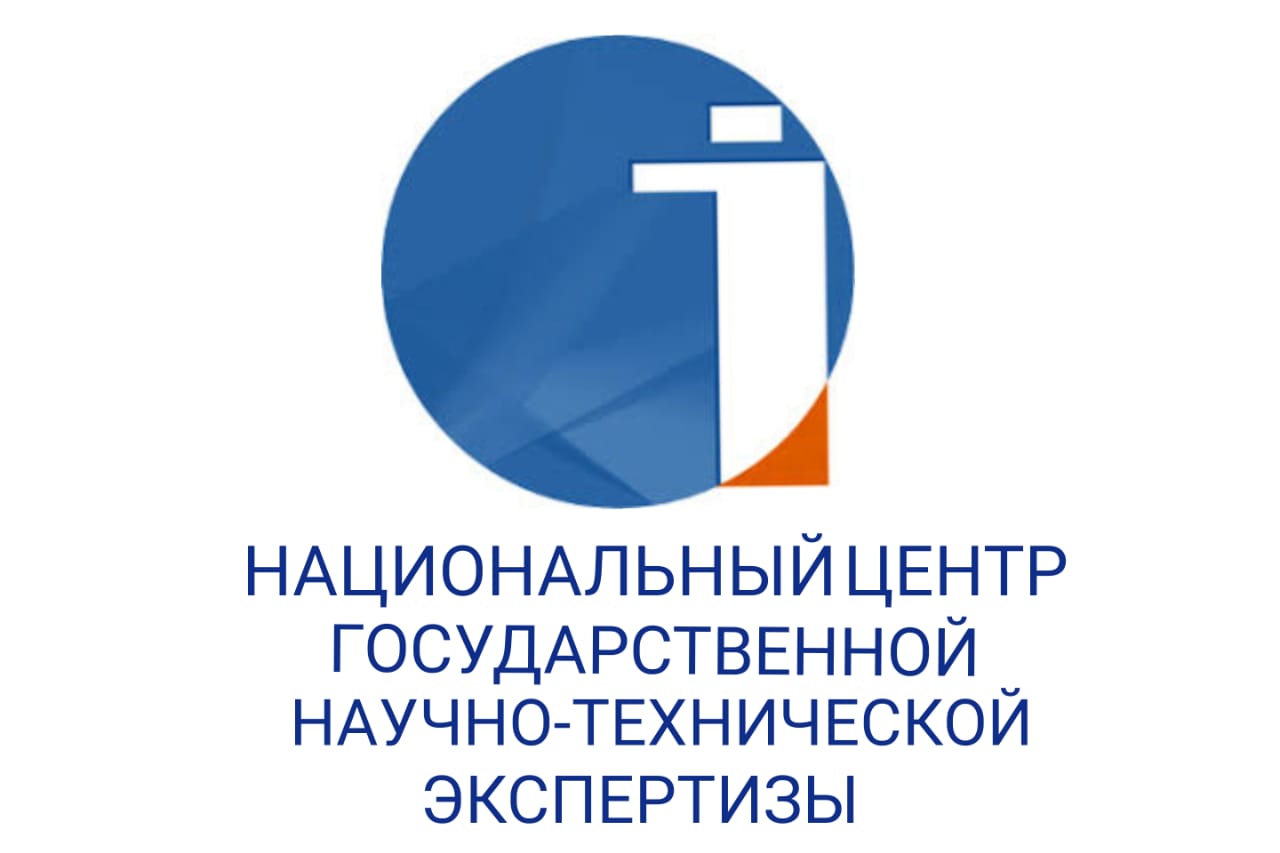DEVELOPMENT OF ETHNOCULTURAL SEMANTIC MARKUP (based on the material of medieval and folklore heritage)
DOI:
https://doi.org/10.48371/PHILS.2024.3.74.015Keywords:
ethnocultural unit, written heritage, religion, myth, vocabulary, semantics, National corpus of the Kazakh language, cultural corpusAbstract
An urgent issue of applied linguistics in the modern Kazakh language remains the identification of the meanings of the code of national ethnocultural units, their introduction into the National Corpus of the Kazakh language and the development of explanatory dictionaries on this basis. The results of these linguistic studies and electronic resources will be made publicly available for use by all members of society in order to awaken national and spiritual self-awareness, clarify the semantic code of ethnocultural values containing important cognitive and educational information for young people in the era of globalization.
The richest fund of ethnocultural units representing the national spiritual values of the Kazakh people has incorporated the ancient Turkic and Middle Turkic written heritage and samples of the language of oral creativity.
The main purpose of the study is to analyze religious and mythological ethnomarker linguistic units in the texts of written heritage and to offer a sample of ethnocultural markup for introduction into the "Culturally representative subcorpus".
Since this language of medieval written monuments and folklore heritage consists of ancient Turkic, Arabic, and Persian words, all these units served to form phraseological units, paremeologisms. The lexical, phraseological and paremiological units found in written texts are linguistic means reflecting the spiritual, religious, mythological, every day, social, aesthetic consciousness of that era. In this regard, the article considers only ethnocultural units containing religious and mythological concepts. They are found in the texts of written monuments of the Middle Turkic epoch (XIII-XVII centuries) and in the folklore heritage of the XIX-XX centuries. The article reveals the significance and specifics of the use of these religious and mythological ethnocultural units that formed the ethnocultural code contained in the language of written heritage, as well as analyzes the issues of creating ethnosemantic markup and offers a sample of this markup for introduction into the "Culturally representative subcorpus" of the National Corpus of the Kazakh language.
In the analysis of religious and mythological units, preference is given to the method of historical and ethnocultural analysis.
Practical significance of the article is the development of semantic markup of historical ethnocultural linguistic units related to religious and mythological concepts included in the "culturally representative subcorpus" of the National Corpus of the Kazakh language, developed by the A.Baitursynov Institute of Linguistics, will be a useful tool for recognizing the meaning underlying a certain ethnocultural term.








